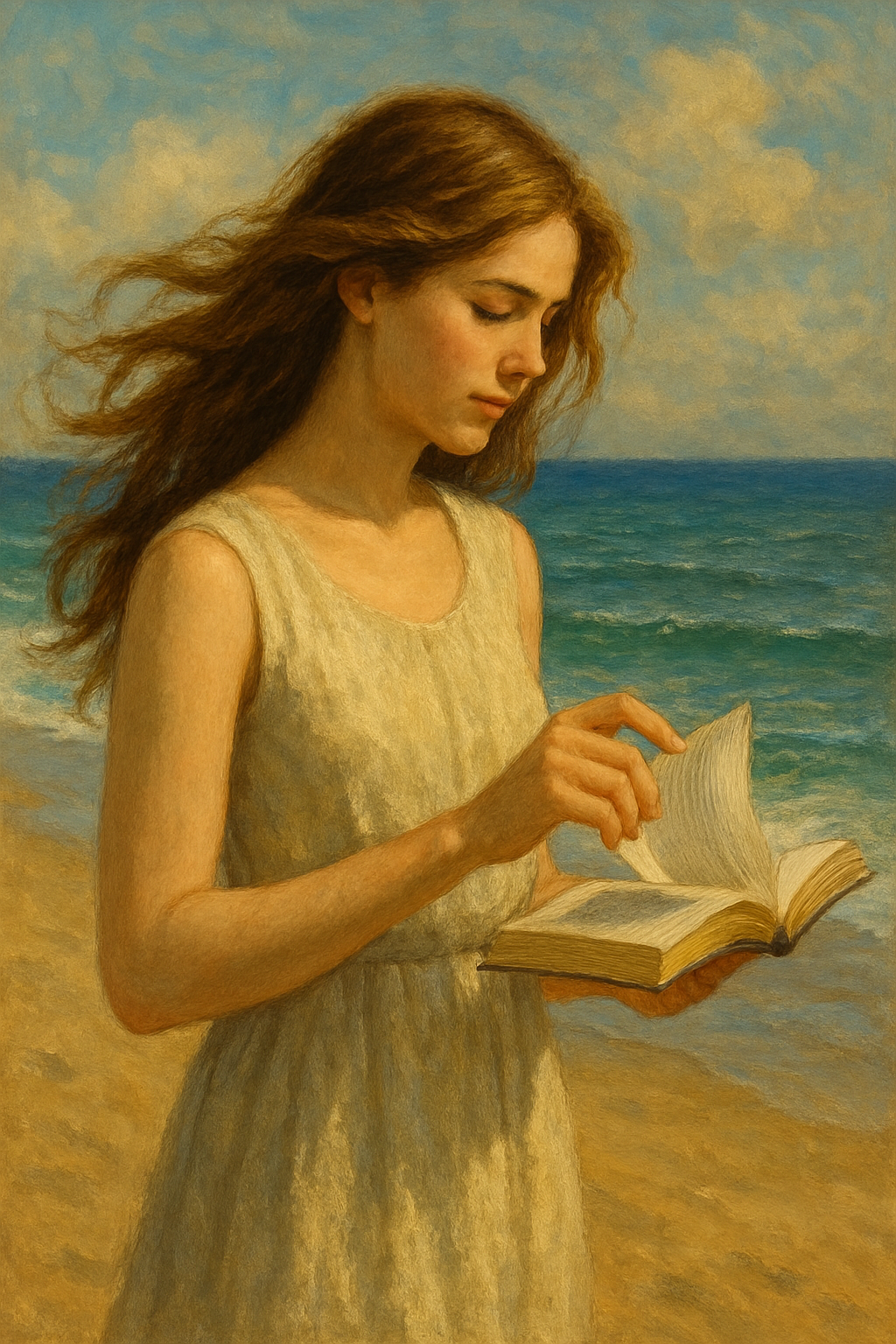Turning the Page on Pain: What Beach Read Teaches About Healing Through Stories

Sometimes, books make us laugh. Sometimes, they make us cry. But the most special ones? They help us grow. They leave a gentle mark on our hearts and give us tools to understand the world a little better. Beach Read by Emily Henry is one of those books — and at its core, it shares a powerful message:
Stories can heal.
Let’s take a deep look at this one beautiful idea hidden in the heart of Beach Read, and why it matters so much to readers of all ages.
The Power of Telling and Reading Stories
At first glance, Beach Read might seem like a romantic story set in a beach town with two writers finding their way. But look closer, and you’ll see something deeper: a story about how people use words, books, and writing to face their feelings.
One of the characters writes cheerful love stories. The other explores sad, dark themes. Both styles are different, but they come from the same place — a desire to understand life.
Whether it’s through writing or reading, the book shows that storytelling isn’t just entertainment. It’s a way of processing emotions, making sense of hard times, and even discovering hope.
Just like how talking to a friend can make your heart feel lighter, Beach Read shows that telling your own story — or reading someone else’s — can do the same.
Why This Message Matters
Everyone, even kids, go through moments that are confusing or painful — losing someone, facing a big change, or feeling like no one understands them. And sometimes, it’s hard to talk about those things.
That’s where stories come in.
Stories give us a safe space. They let us visit different lives, explore big emotions, and see how others move through difficult moments. In Beach Read, the characters slowly learn that writing about the hard stuff doesn’t make it worse — it actually helps them move forward.
That’s an important message for young readers, too:
“Your feelings matter. And sharing them — through words, pictures, or even just thoughts — can help you heal.”
Writing as a Way to Understand Yourself
Throughout the book, you’ll notice how writing changes the characters. At first, they write what’s expected of them. But later, they start writing what’s true. That’s a big shift.
They dig into memories, face fears, and take creative risks. And even though it’s hard, it makes them stronger.
This mirrors something that happens in real life: when we stop hiding from pain and start expressing it — even just by scribbling in a notebook — we begin to understand ourselves better. It doesn’t erase the sadness, but it gives it shape. And once something has shape, we can face it.
This idea is something many young people can use — whether they love writing stories or just need a reminder that their voice has power.
The Gentle Healing of Time and Creativity
Beach Read doesn’t promise a perfect solution. And that’s what makes it so comforting. It reminds us that healing takes time. That creating something — a poem, a letter, even a sandcastle — can be the first step toward feeling okay again.
There’s beauty in watching the characters open up. They learn that:
- It’s okay to change your mind.
- It’s okay to feel stuck.
- And most of all, it’s okay to start again — one word at a time.
The beach setting, the quiet mornings, the long walks — all of these moments create space for change. And the book gently shows that healing doesn’t always come with big events. Sometimes it arrives in silence, creativity, and connection.
Why This Message Stays With You
At the end of the day, Beach Read leaves you with more than just a smile. It gives you something to carry: the understanding that your feelings are valid, and your story is worth telling.
Whether you’re a kid who just started journaling, a teen trying to find your place, or an adult remembering your dreams — this book’s message is for you.
Stories can hurt. But they can also help. They can connect. They can heal.
And maybe, just maybe, they can help you write your next chapter with a little more hope.